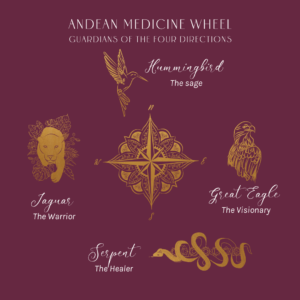Yogic technology, mind-body medicine, and spiritual traditions recognize the value of conscious breathing.
Aside from countless research studies, your own personal experience will reveal the benefits. Engaging a mindful, relaxing breath pattern restores balance at all levels of your being. As you breathe, you’re detoxing the stress chemicals, negative thought patterns, and escalated emotions. Calming the mind, increasing mental focus, organizing your brain-body communication, and clearing energetic channels. Priming you to move into a quiet meditation or move through your day aware and in balance.
You can act like a dolphin any time you consciously observe and control your breath, strengthening your awareness of the mind-body connection.
Whether you engage mindful breathing to decrease stress, enhance your mental focus, or lower your blood pressure, your body will thank you. These simple practices, so easy to master, have tremendous health benefits. Such as rejuvenating the nervous system, improving digestion, easing pain, supporting respiratory functions, and increase immunity.
Perhaps your newfound sense of ease, increase in energy, and surge of pleasure inducing chemicals will be enough to motivate a daily practice.
Emphasis on daily and practice. When you’re in the middle of a crisis and your hair is on fire, that’s not the best time to begin your training in dolphin breathing. A daily practice builds your “breathing muscle” so that you can get to it quickly and with ease when needed.
With enough practice, this beneficial habit of taking a deep breath may even wake you out of your anxious sleepwalking through the day.
The next time you need to interrupt the fight or flight stress response, get conscious and choose a breathing practice. Immediately. Breath techniques are also very beneficial partners for the tend and befriend stress response and the challenge response.
Did you know that there are more stress responses than just fight or flight?
And that if you perceive stress as positive rather than detrimental, it doesn’t have the same debilitating effect on health, mindset, and longevity? Head to my Free Resource page to grab The Self Soothe Strategy. More on all of that in my PlayBook and a nice relaxing HeartBreathing practice to download (and master!).
Here are a few breathing practices designed to invite a state of deep relaxation, mind-body harmony, and enhanced mental focus.
Box breathing or the 4-4-4-4 breath is easy to practice.
Count to 4 with a slow inhale, hold for a count of 4, exhale slowly for 4, and hold for 4. Repeat. Be gentle with the holding of the breath. It isn’t a rigid holding, just a chance for your body to replenish oxygen, giving your organs and tissues a much needed oxygen boost.
The 4-7-8 breathing practice is based upon an ancient yogic practice.
It’s helpful to place the tip of the tongue on the roof of the mouth behind the front teeth throughout this practice. Begin with an exhale through the open mouth, letting the air go out in a “whoosh” sound. Breathe in through the nose for a count of 4. Hold for a count of 7 (relax). Exhale slowly through the mouth, choosing for a count of 8. You may work up to this pattern, so begin with whatever count you need and extend it with practice.
Alternate nostril breathing is another yogic technique that induces relaxation, clarity, and harmony throughout the body.
There are a few varieties with this technique and you may want to explore this with a quick Google search. At first, this may feel a little awkward, but it is definitely worth the practice.
Finally, my go to favorite involves taking 9 Self Regulating HeartBreaths.
Crossing your palms and resting them on your heart, you take 3 breaths. This is a “HeartBreath.” Just noticing how your body breaths you. Switch palms and repeat. Again, switch palms and repeat. 9 HeartBreaths brings your heart rhythm into coherence and the enter body sings with the harmony that change brings.
The similarity between you and a dolphin is that you both have a choice.
You can continue to breathe even when you’re unconsciously stressing through your day. You won’t die. But, you won’t live the fullness of what life has to offer when you allow your body to hold tension, diminish health, and reduce mental capacity. When you don’t breathe mindfully and in a relaxed state, you may move further down that intelligent animal list.
Don’t let the other intelligent species (crows, pigs, and chimps) sneak up on you. Breathe like a dolphin, enhance your intelligent body-mind system, and maybe, just maybe, leap a bit with joy.




















